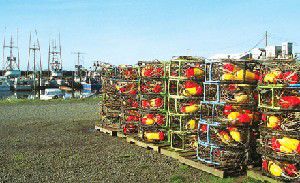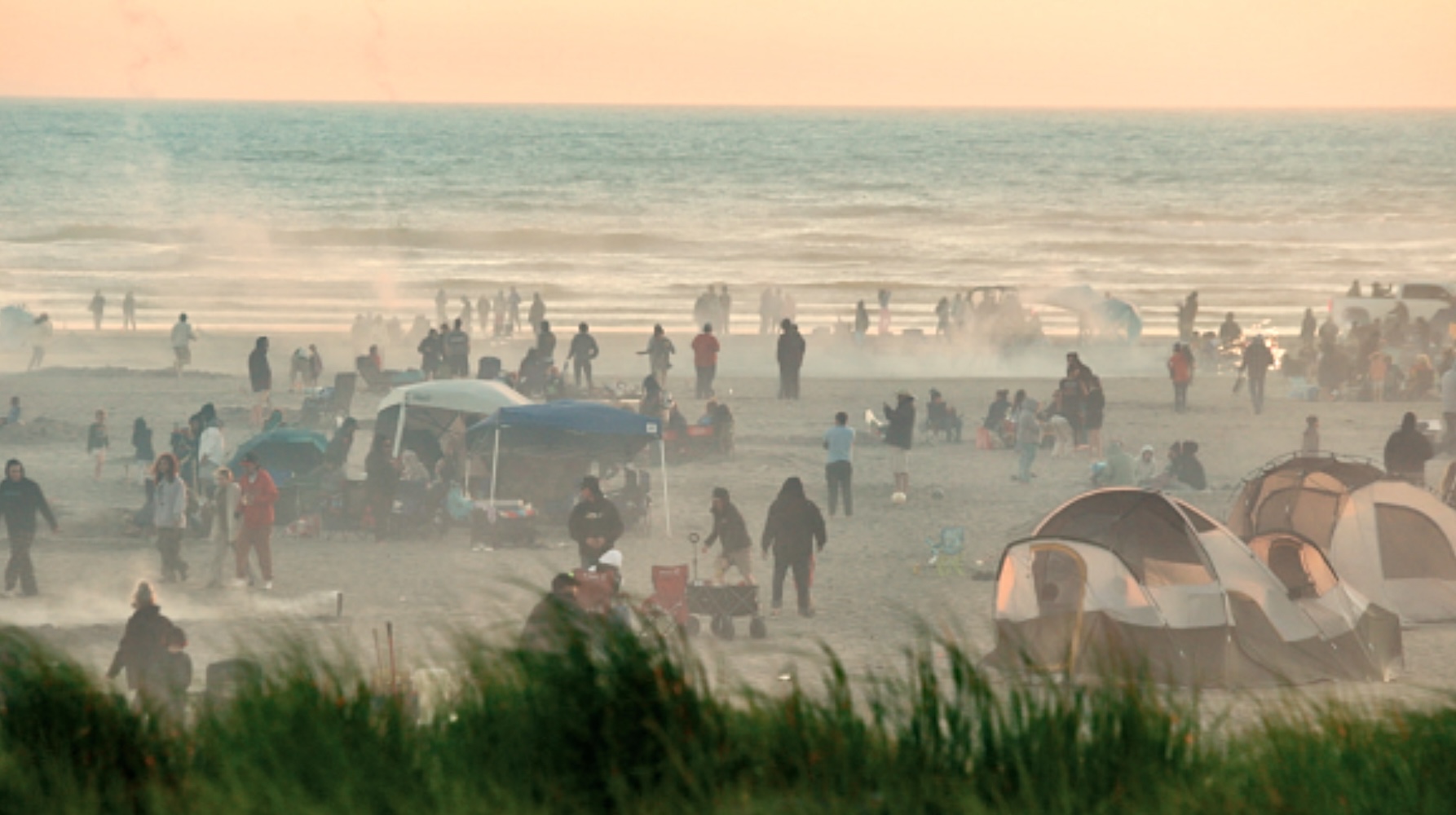Chinook, kingdom of salmon
Published 4:00 pm Sunday, December 26, 2004

- Chinook made its fortune trapping salmon, but nowadays Dungeness crab traps bring in a lot more money. The shallow waters in front of Chinook used to be a maze of salmon traps - consisting of tarred nets strung between tall pilings, many of which can still be seen rotting in the river. A statewide voter initiative banned the practice 70-odd years ago. Chinook streets still are lined with the fine houses built by prosperous trapmen, while crab have become the bread and butter of the local commercial fishing business. KEVIN HEIMBIGNER photo
The first Chinook was an Indian village on the inland shore of the Columbia River. An Indian population, once estimated at well above 1,000, was ravaged by white man’s diseases and had been reduced to fewer than 100 just 50 years after Lewis and Clark first camped at the site of the village in 1805. This now is the Station Camp unit of the new Lewis and Clark National and State Historical Park.
A few miles to the west, a new Chinook, which came to life in the 1880s, took its name from the ancient Indian settlement. Midway between them stood Chinook Point, now the site of historic Fort Columbia.
It is said that one man using only five traps hauled in 12,000 pounds of salmon worth $500 in a single day. The 1890s saw the town’s first post office, saloon, general store, cream separator, church and public Fourth of July celebration.
Fishing wealth contributed to making Chinook a beautiful little town. Even today, driving through its narrow back lanes one can easily imagine that the calendar should read 1911 instead of 2005.
The fishing industry survives as the community’s major industry. The vital Port of Chinook is one of three major fishing centers on the Peninsula.
Although seldom thought of as a “beach” town, near Chinook is some lovely shoreline stretching from Fort Columbia State Park to Chinook County Park.









